The Great Wall of China – Mutianyu section
While many of the historical treasures of China are of little importance to the outside world, others are well known across the country’s borders. The most representative remains the Great Wall of China, a landmark that Chinese citizens are very proud of, but also a destination that many travelers would like to cross off their bucket list.
The history of an engineering wonder
The Great Wall tells an important part of the history that shaped China as the country we know today and played an essential role in the military strategies of many Chinese emperors. What fewer people know is that the fortifications which get crowded with tourists nowadays are only part of the fourth generation of walls and the last ones that have been built. They date back to the Ming dynasty, who constructed structures out of stone and brick.
The term “wall” refers to an entire defense system. According to the research of modern archaeology, from the first wall ever built to more recent times, the Great Wall measures over 21.000 km, which is much more than traditionally believed, and sums up 16 walls that have been built along 2000 years. It started as a project initiated by emperor Qin Shi Huang, who tried to protect the northern border from invaders. The same reason determined other emperors to continue the project and build longer, stronger and more sophisticated walls.
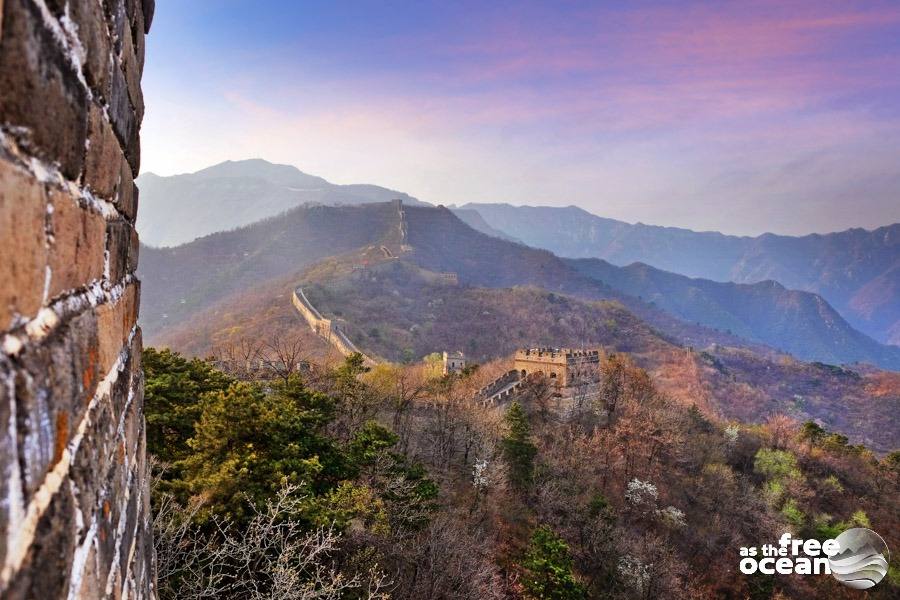
In modern times the Great Wall is as impressive as it always used to be. Unfortunately, due to safety reasons, many parts of it are closed to the public, although adventurous people still dare to venture behind the safe areas. And it is easy to understand why. The wall stretches along mountain peaks and around beautiful valleys, offering rewarding views only to the most adventurous explorers.
We wanted to experience a bit of everything and since our time was short we had to choose wisely. Some of the most famous and easiest to access sections of the wall are Badaling (probably the most popular among Chinese tourists), Juyongguan and Mutianyu. Badaling and Juyongguan are the most touristic and most crowded. After seeing pictures of how crowded it can get, we knew they were not options for us. We even planned our days on the wall to be weekdays in the hope that fewer local tourists would join us. And the result of our planning happened to be positive.
On the way to the Great Wall of China
On our third day in Beijing we walked to the Dongzhimen bus station, from where we took the bus 916 Express to Huairou North Avenue. The station is big and well organized, so finding the right bus was an easy task. We paid for the ride 12 CNY and it took more than one hour to arrive at the Mutianyu Roundabout, where things got a bit trickier. At this point, our options were to wait for the bus H23 (H24, H35 and H36 go in the same direction), that had an uncertain arrival time, and the taxi, that is most recommended as it takes you in less than half an hour to the ticket office at the entrance of the wall. And while deciding which option is better, unofficial taxi drivers surrounded us offering help with the luggage and price offers for a ride. Surprisingly we got a more than an attractive offer, so we decided to give up on other options and threw our backpacks in the back of one unofficial taxi driver’s car.
In the afternoon we could already cross the threshold of the Yue Tong Farmer House, where we planned to sleep for the following three nights. There were no more grey buildings, no noise, no traffic, just a peaceful and beautiful nature and kind people around us. Our hosts were a family of four that also cooked for us and made every moment of our stay more than enjoyable. There are many such farms stays in the area, but we considered ourselves lucky to have found the one where we stayed.
The Mutianyu section – between history and beautiful nature
Our first morning in Huairou has been a very early one as we wanted as much time on the wall as possible. So after paying the 45 yuan at the entrance, we took the touristic bus (which is included in the price of the ticket) that dropped us at the ticket counter of the cable car. There are two cable cars at the Mutianyu section, offering connections with two of the watchtowers, numbers 6 and 14. These two towers offer also some of the best views over the surroundings. For going back down, visitors can use also an available toboggan.
Of course, there is also the option to walk. Since we decided that we want to spend the day hiking, we skipped the cable car and walked up the stairs. And climbing up and downstairs is what we did for the rest of the day.
Mutianyu, known to be the most magnificent of the fully restored sections, is only 2.3 km long, with easy parts to walk on but also very steep ones. We climbed till the 22nd tower of the wall, where the restored part ended. Here the crowds disappeared and nature seemed to have taken over the almost untouched parts of the wall. After passing the last tower we continued on the Jiankou section. From here on, walking on the wall felt less safe and much more challenging, but the landscapes were truly breathtaking.
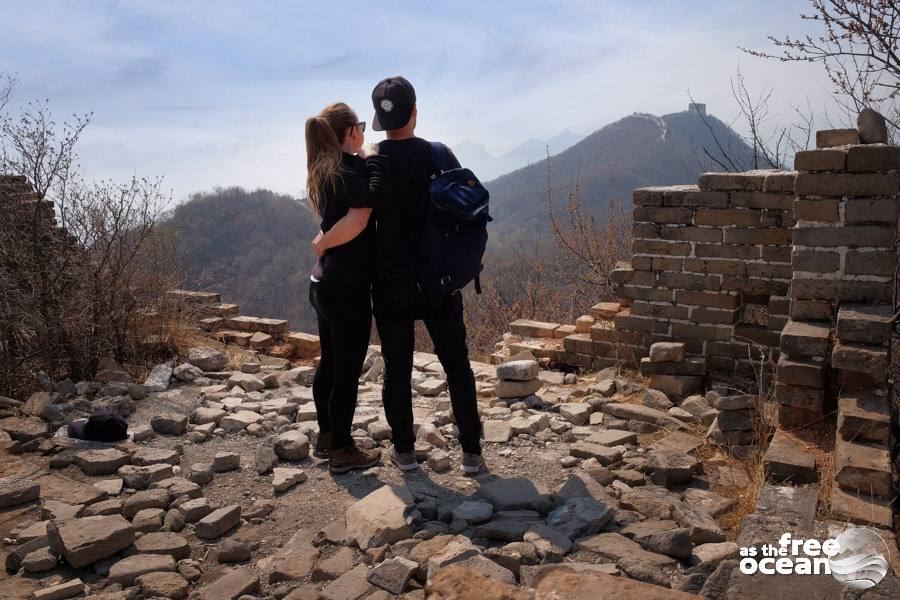
We were lucky enough to encounter only a few people on the wall that day and most in the areas where tourists arrived by cable car. We walked as long as we could and as far as it felt safe for us. Other travelers that we met on the way seemed more courageous and ventured much further than we did. But as the sun was going down, so did also our energy reserves.
Walking on the Mutianyu felt like quite a touristic activity. We’ve been constantly surrounded by people taking their selfies and by merchandisers offering snacks and refreshments to the visitors. So we were lucky to have the option to leave them behind and continue on the unrestored part of the wall.
Our walk took around 10 hours, with a coffee break in between, and ended before sunset, when we slowly followed the path back to the accommodation.
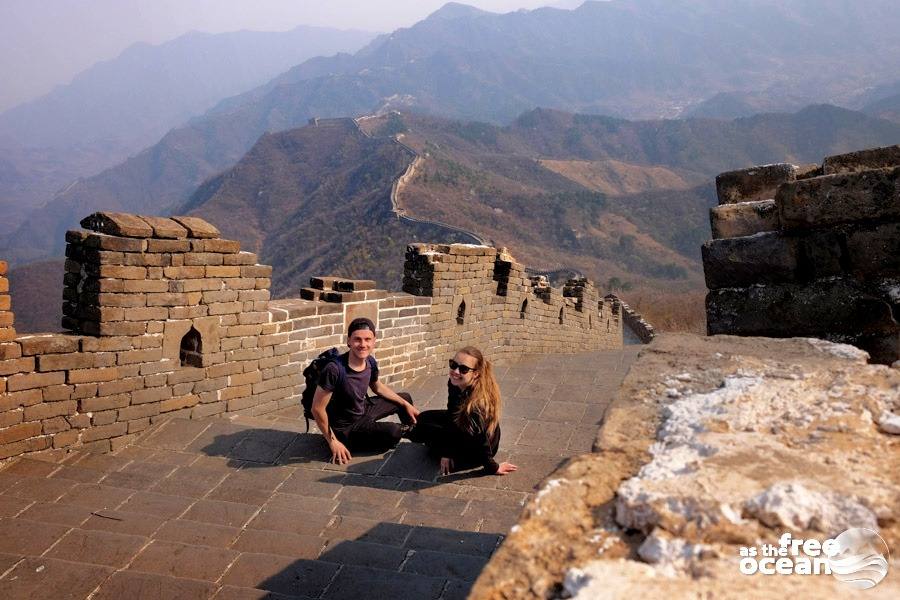
On the third day, we decided to move less and use the time to explore the area. If you want to visit the wall section at the Mutianyu but plan to spend less time on the wall, you should know that the surroundings and the villages are beautiful and even a walk around will turn into a pleasant experience.
The following morning we ate our last breakfast with the family at the farmhouse and went to catch an early bus back to Beijing. While waiting at the bus station, luckily the same “unofficial” taxi driver that brought us to Huairou passed by and offered us a ride for an even lower fare than on the day when we came to the farmhouse. And the day hasn’t been much longer after. Our plan to catch the 6 o’clock train on the following day called for an early breakfast and an early sleep, so we could save some energy for our arrival in Xi’an.
Check out our gallery for more pictures from the Great Wall.

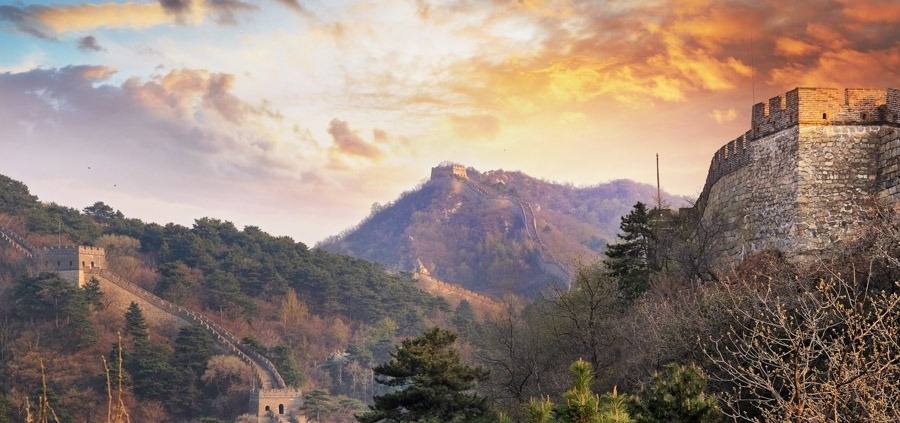

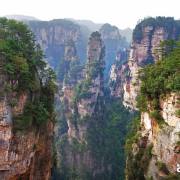

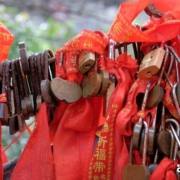
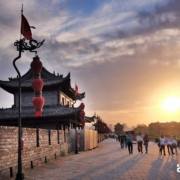



Leave a Reply
Want to join the discussion?Feel free to contribute!